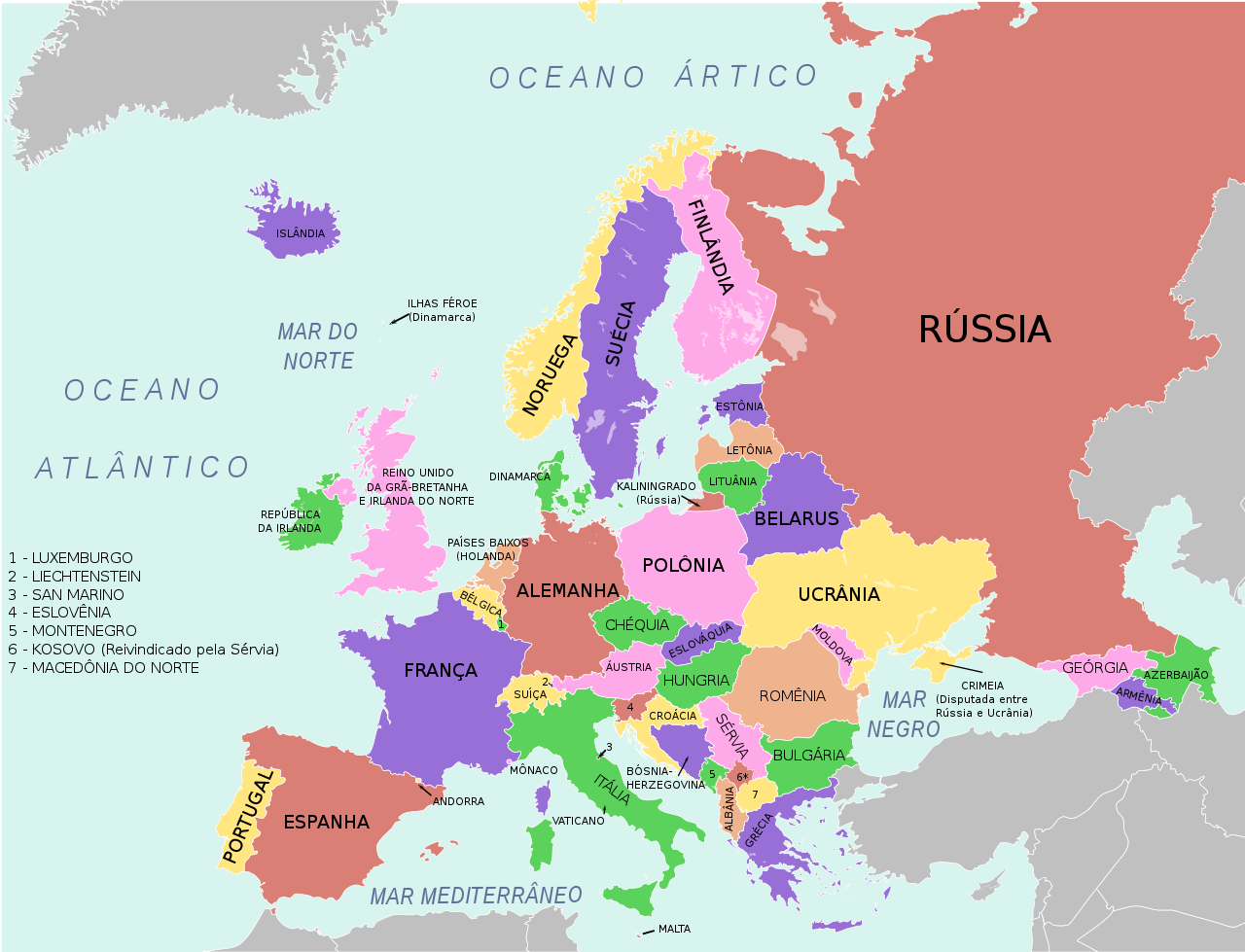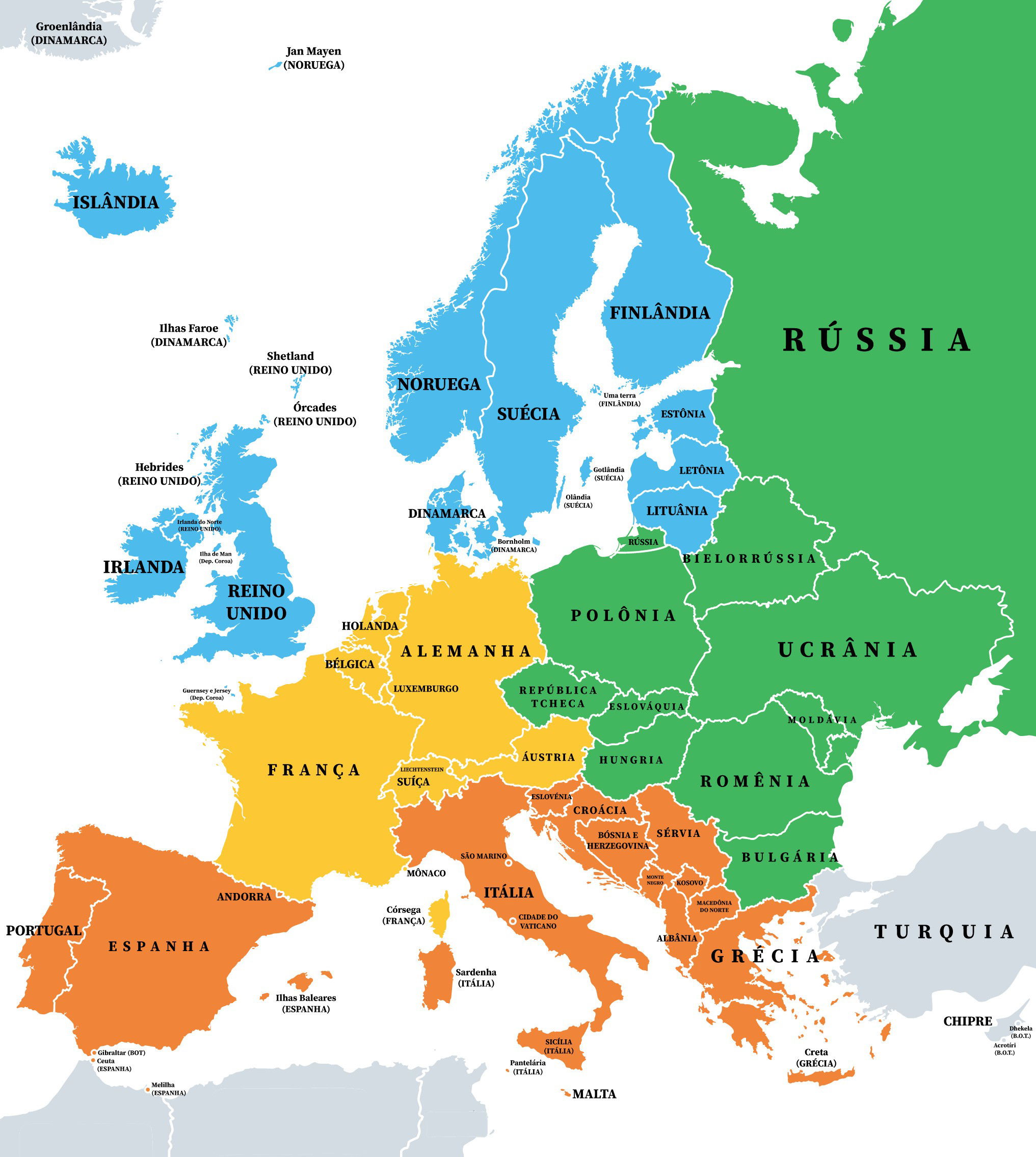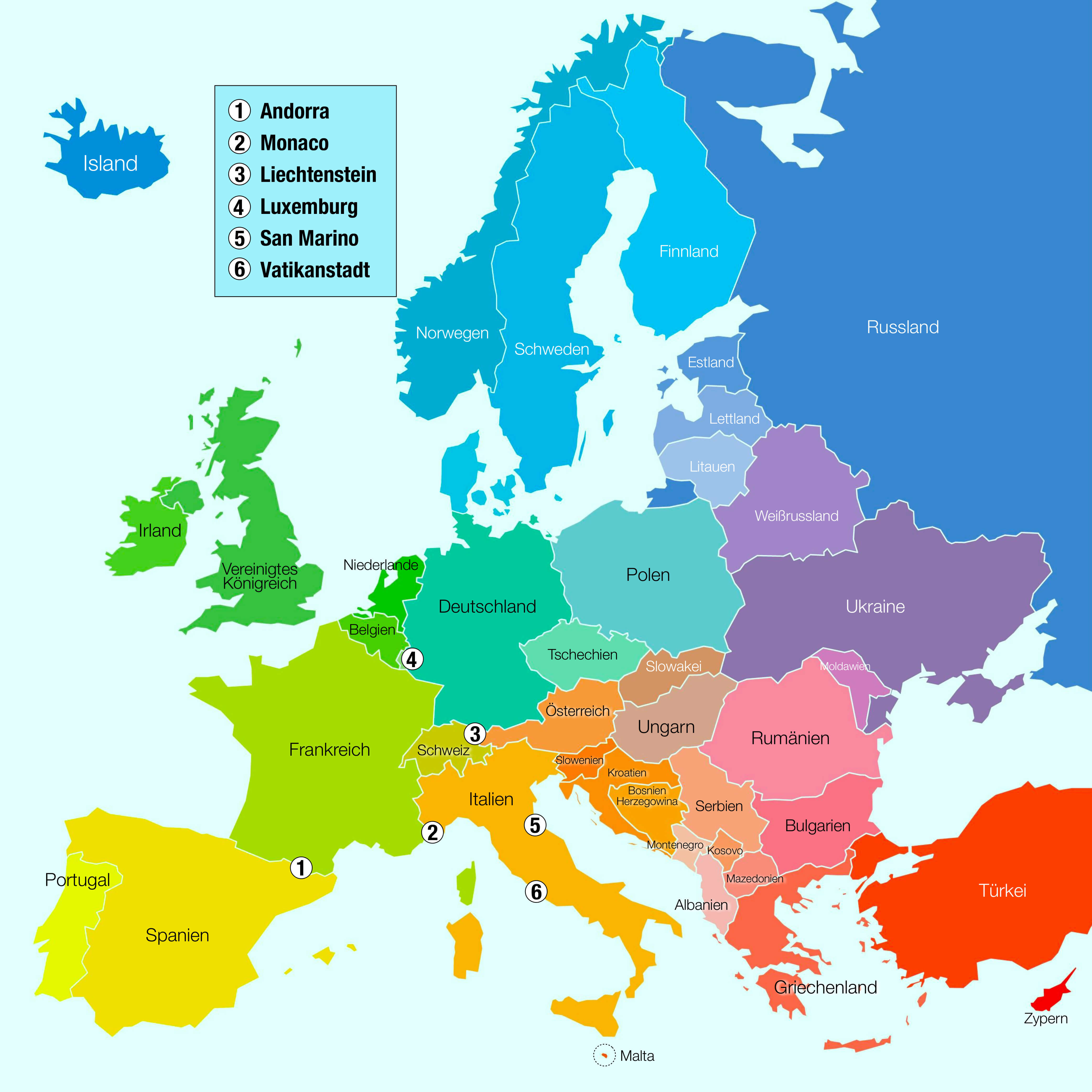Sometimes, when we consider how different things come together, it truly makes you pause and think. We are going to take a closer look at something called "Europa organisation," which, in a way, touches on how various elements, whether they are celestial bodies, vast landmasses, or even places where people gather for a meal, have their own distinct arrangements. It’s almost like exploring the various ways things are put into order, providing a sense of purpose or simply a place within a larger system, you know?
This exploration will, in a sense, invite us to consider the diverse meanings that the word "Europa" can hold, from a distant moon orbiting a giant planet to a sprawling continent filled with countries, and even to a local spot where delicious food is served. It’s quite interesting how one name can bring to mind such different pictures, each with its own kind of structure or way of being.
So, we'll gently pull back the curtain on these different "Europas" and see how each one, in its own special way, represents a form of organisation. It’s about how things are placed, how they relate to one another, and what kind of experience or reality that arrangement creates, which is that, in some respects, quite a fascinating topic to think about, really.
- Teach Me First Manga Free
- Regal Sandhill Stadium 16 Imax Rpx
- Gentleman In Moscow Synopsis
- Diva Flawless Nude
- Alana Cho Leak Porn
Table of Contents
Is Europa a Celestial Organisation?
The Moon's Place in the Cosmos
Europa's Internal Organisation
How Does the Continent Europe Show Organisation?
Geographical Europa Organisation
Human Connections in Europa Organisation
What Makes a Restaurant a Kind of Europa Organisation?
Crafting an Experience
Bringing People Together
What Can We Learn from Europa's Organisation?
Is Europa a Celestial Organisation?
The Moon's Place in the Cosmos
When we turn our thoughts to the far reaches of our solar neighborhood, we often picture planets and stars, but there are also many moons, each with its own special place. Europa, for instance, is a natural satellite, a moon that goes around Jupiter, the largest planet in our solar system. It’s quite something that this distant orb is one of the four big moons of Jupiter that Galileo first observed, making it visible even from our planet with regular binoculars. This means that, in a way, its position and its brightness allow it to be a part of our own earthly observations, which is pretty neat, if you think about it.
This moon, Europa, holds a specific spot within Jupiter’s large family of celestial companions. It’s actually the smallest of those four Galilean moons, but don’t let that fool you, as a matter of fact. It still manages to be the sixth largest moon across the entire solar system, which is a pretty impressive ranking when you consider all the many moons out there. Its orbit around Jupiter, at about 417,000 miles, or roughly 671,000 kilometers, from the planet, shows a kind of celestial order, a precise path it follows, keeping it in its proper place within that enormous planetary system, you know, a very consistent sort of motion.
So, in a very grand sense, Europa's consistent movement and its relationship with Jupiter and the other moons around it, is that, it shows a natural, ongoing kind of celestial Europa organisation. It's not a formal structure in the human sense, of course, but rather a cosmic arrangement that has been playing out for a very long time. This continuous dance, this predictable path, truly gives us a sense of how the universe itself seems to arrange its many pieces, which is, honestly, quite a marvel to consider, isn't it?
Europa's Internal Organisation
Beyond its placement in the vastness of space, the moon Europa also has a very interesting way it’s put together on the inside. Its outer layer, for example, is made of water ice, which is a bit different from our own moon, you see. This icy surface has a remarkable quality: it reflects a lot of sunlight, actually about five and a half times more light than our moon does. This reflective quality is just one aspect of its physical make-up, showing how its materials are arranged to create a particular effect, which is, in some respects, quite a bright sight from afar.
What’s even more compelling about Europa’s internal arrangement is what lies beneath that frozen shell. Scientists are quite sure, almost certain, in fact, that there is a large body of saltwater hidden away under the ice. This deep ocean is thought to hold about twice as much water as all of Earth’s oceans combined, which is a truly astonishing amount of liquid. This hidden ocean represents a significant part of Europa’s internal Europa organisation, a vast, watery world tucked away from the cold vacuum of space, basically.
The possibility of this hidden ocean has led many to believe that Europa might be one of the most promising spots in our solar neighborhood to find existing life. The thought is that this watery environment could have all the necessary ingredients for life to begin and to continue, which is a really exciting idea. This potential for life, supported by the moon’s distinct internal layers – the icy crust protecting the liquid water – shows a kind of natural, perhaps even accidental, Europa organisation that could support something truly extraordinary. It’s like a very large, self-contained system, all working together, you know, even if we don't fully grasp all its workings yet, quite remarkable.
How Does the Continent Europe Show Organisation?
Geographical Europa Organisation
When we shift our focus from a distant moon to a familiar landmass, the continent of Europe, we see a completely different kind of arrangement, but an arrangement nonetheless. Europe, as a continent, is the sixth largest on our planet, which gives you a sense of its scale. It’s located entirely in the northern part of our world and mostly in the eastern part, too, which helps us place it on a map. These geographical definitions – its size and its position – are the very first ways we understand its structure, its geographical Europa organisation, if you will, which is a very fundamental kind of understanding, really.
The continent’s shape and boundaries are also very clear aspects of its structure. It is bordered by the Arctic Ocean to the north, for example, and the Atlantic Ocean to the west. These natural boundaries help define its physical form and set it apart from other land areas. Within these borders, Europe contains a good number of individual countries and various associated areas, like islands and other territories, totaling 47 different entities. This division into many distinct nations, each with its own borders, shows a very complex and detailed form of geographical Europa organisation, a network of separate but connected places, basically.
For anyone trying to learn about these places, like if you have an upcoming geography quiz, it can be a bit of a challenge to tell, say, Austria apart from Hungary on a map. This is where tools like a Europe map quiz game can be really helpful, because they help you learn the distinct placements of each country, reinforcing the continent’s intricate geographical Europa organisation. It’s a system of many parts, all fitting together, sometimes in quite surprising ways, to form the whole, which is, in some respects, quite a lot to take in, you know?
Human Connections in Europa Organisation
Beyond the lines on a map, the continent of Europe also embodies a sense of human arrangement and connection. When we talk about the countries within Europe, we also touch upon the ways people have come together, sometimes formally, sometimes less so. For instance, the European Union is listed among the territories and countries, which is a very clear example of a formal coming together of nations for shared purposes. This kind of collaborative effort, where different countries work alongside each other, shows a very intentional form of human Europa organisation, aimed at shared goals, you know, a very deliberate kind of structure.
The very idea of a continent with 47 different countries, each with its own unique history and culture, yet all sharing a broad geographical space, speaks to a vast network of human interactions and shared experiences. Think about the way people travel between these places, or how ideas and goods move across borders. This constant flow and interaction, while not always governed by a single entity, creates a dynamic and ever-present human Europa organisation, a living, breathing system of connections and relationships that are constantly changing, as a matter of fact.
Even something as simple as a geography quiz, as mentioned before, points to this human desire to understand and categorize the world around us. The very act of trying to distinguish one European country from another, or recognizing the capital cities, is part of our way of making sense of this large, diverse continent and its many inhabitants. It’s about recognizing the patterns and the structures that humans have built, both physically and socially, across this wide land, which is, honestly, a very practical kind of understanding, isn't it?
What Makes a Restaurant a Kind of Europa Organisation?
Crafting an Experience
Now, let's turn to a completely different kind of "Europa," one that is much closer to our everyday lives: the Europa Italian & Spanish Cuisine restaurant. While it might not be a moon or a continent, this establishment also represents a very deliberate form of organisation, specifically in how it crafts an experience for its guests. The very act of offering Italian and Spanish dishes means that someone has carefully selected recipes, sourced ingredients, and trained chefs to prepare specific types of food, which is, in some respects, quite a lot of careful planning, really.
Think about the elements that go into creating a memorable meal. It’s not just the food itself, but also the choice of wines that complement the dishes, and the overall atmosphere of the place. The restaurant’s statement about its atmosphere bringing good food, good wine, and good friends and family together speaks volumes about this intentional arrangement. It’s about putting together various components – the taste, the drink, the surroundings – in a way that creates a specific feeling or occasion for the people who visit, which is, honestly, a very thoughtful kind of Europa organisation.
This attention to detail, from the menu selection to the way the dining area is set up, is all part of the restaurant’s effort to provide a particular kind of dining experience. It’s a very practical and human-centered way of organizing resources and efforts to achieve a specific outcome: happy customers enjoying their time. So, while it’s on a much smaller scale than a celestial body or a continent, the restaurant’s daily operations are a clear example of a functional Europa organisation, aimed at creating pleasant moments, basically.
Bringing People Together
Beyond the food and the setting, the Europa restaurant also acts as a kind of Europa organisation for social connection. The statement that "some of the best memories are created around the dinner table" highlights a key purpose of such a place. It’s not just about eating; it’s about gathering, sharing, and making lasting moments with the people who matter most. The restaurant, in this sense, provides the physical space and the delightful offerings that encourage these valuable human interactions, which is, honestly, a very important role in our lives.
The atmosphere described, which brings "good food, good wine and good friends and family together," is a direct outcome of this social arrangement. It’s about fostering an environment where people feel comfortable to connect, to talk, to laugh, and to simply enjoy each other’s company. This focus on bringing people into a shared space for a common, enjoyable activity shows a very human-centric kind of Europa organisation, where the goal is to facilitate positive social experiences, you know, a very warm and inviting setup.
So, in its own way, this restaurant, Europa, organizes more than just meals; it organizes opportunities for human connection and the creation of cherished memories. It’s a place where various elements – the culinary creations, the beverages, the friendly service, and the welcoming environment – are all arranged to support the fundamental human need for togetherness. This makes it a very special kind of Europa organisation, one that focuses on enriching the lives of its guests through shared experiences, which is, actually, quite a lovely thing, really.
What Can We Learn from Europa's Organisation?
When we consider these different "Europas" – the moon, the continent, and the restaurant – we can see that the idea of "organisation" takes on many forms. From the precise, predictable movements of a moon around its planet, to the complex, human-drawn boundaries and connections across a vast landmass, and even to the thoughtful arrangement of elements within a restaurant to create a pleasant experience, there's always a sense of things being put together in a particular way. It’s almost like everything, in some fashion, has a structure, a system, or a pattern that defines it, you know, a very fundamental truth.
Each instance of "Europa organisation" shows us that even seemingly disparate things have an inherent order or a designed arrangement. The moon’s internal layers, for example, are a natural arrangement that could potentially support life, while the continent’s division into countries is a human-made structure for governance and identity. And the restaurant’s layout and menu are a deliberate design to bring joy and connection. This means that, in some respects, whether natural or created, things often come with their own unique way of being put together, which is quite interesting, really.
So, the next time you hear the name "Europa," perhaps you’ll think not just of one specific thing, but of the many ways things are structured and connected, both in the grand cosmic scheme and in our daily lives. It’s a reminder that order and arrangement exist everywhere, shaping our experiences and our understanding of the world, which is, honestly, a very broad concept to ponder, isn't it?
Related Resources:



Detail Author:
- Name : Roman Jakubowski DDS
- Username : zkub
- Email : tstoltenberg@yahoo.com
- Birthdate : 1979-04-16
- Address : 680 Marianne Terrace North Duncan, ID 18777-2939
- Phone : +14099175429
- Company : Kertzmann Group
- Job : Nuclear Monitoring Technician
- Bio : Perspiciatis dolore voluptatem esse non quia. Inventore provident autem magni veniam iure deserunt. Deleniti fuga eos exercitationem doloremque quo velit.
Socials
twitter:
- url : https://twitter.com/alekwest
- username : alekwest
- bio : Porro veritatis dolorum iste animi rem. Sequi unde similique distinctio sint. Pariatur consequatur repellendus est tenetur.
- followers : 686
- following : 2384
facebook:
- url : https://facebook.com/west1987
- username : west1987
- bio : Ratione blanditiis quibusdam ducimus officia ad quia distinctio.
- followers : 1630
- following : 2067
instagram:
- url : https://instagram.com/awest
- username : awest
- bio : Reiciendis ut in eveniet dolor vitae. Possimus quia nisi quis ab rerum. Ad at nemo error ab et ex.
- followers : 767
- following : 1207
tiktok:
- url : https://tiktok.com/@alek_west
- username : alek_west
- bio : Magnam autem eum voluptatum non a.
- followers : 3673
- following : 1027